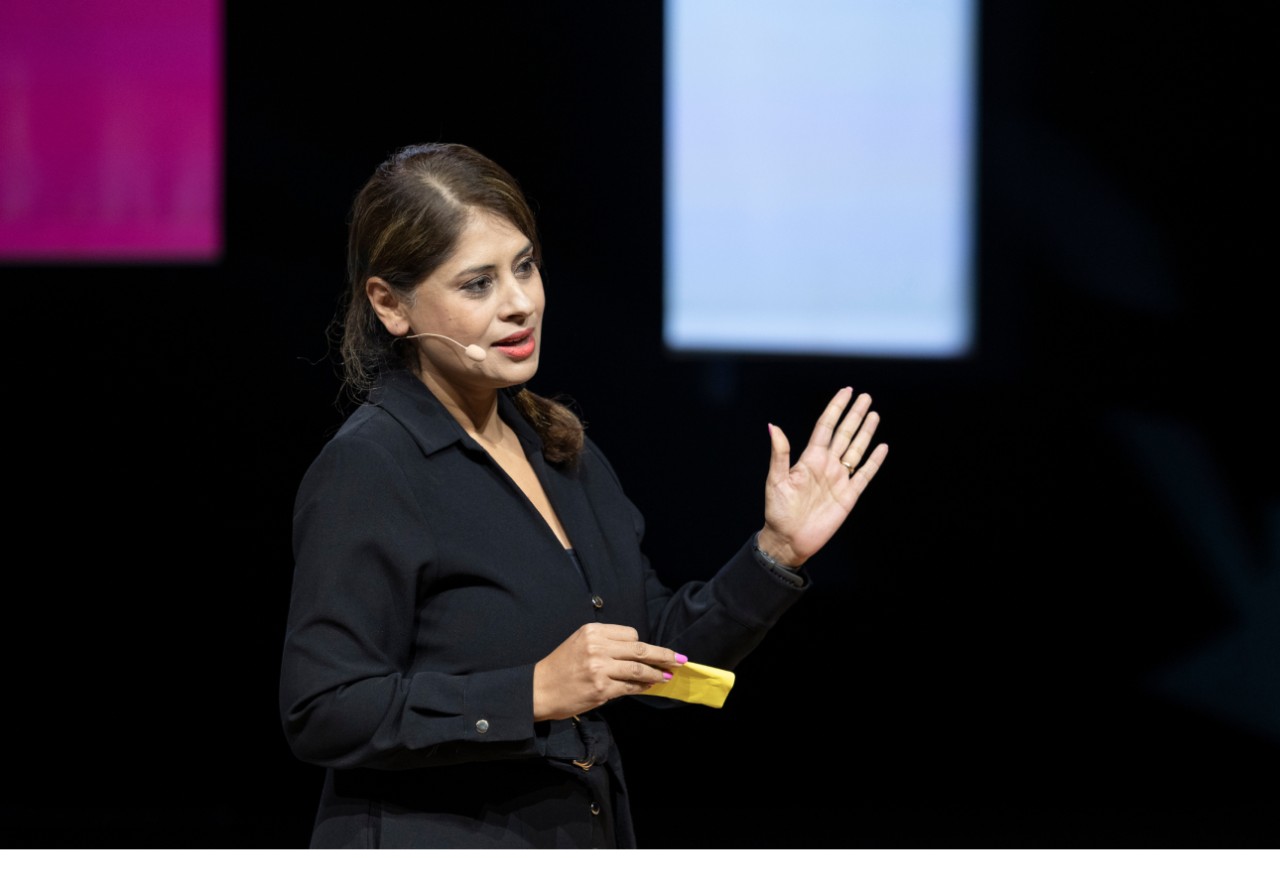3 000 € HT
(hébergement et transport non compris)

3 000 € HT
(hébergement et transport non compris)
Danone et L'Oréal ont lancé une édition asiatique en 2014 pour mieux répondre à la guerre des talents dans la région. Les entreprises partenaires s'engagent en faveur de la diversité en voyant plus de 30 participants chacune : formant ainsi un réseau dynamique de professionnels, prêts à se soutenir mutuellement et à conduire des changements significatifs au sein de leurs organisations. Ce séminaire inter-entreprise encourage l'ouverture et facilite des échanges plus significatifs.

